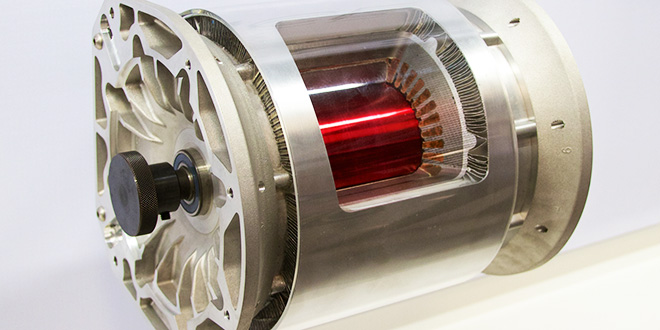Elon Musk’s recent interview at the MIT AeroAstro Centennial Symposium made headlines for his warning against the careless development of artificial intelligence, which he likened to “summoning the demon.” However, while he didn’t say a lot about Tesla, he did make an interesting comment about the challenges of designing electric motors.
A questioner asked (around 41:30 in the video below) how Tesla achieves such a high power-to-weight ratio – the Model S’s motor generates 362 horsepower (according to the official specs), and only weighs 70 pounds.
“If power-to-weight ratio is of interest to you, rocket turbo-pumps really take the cake,” said Musk. “The turbo-pump on the Merlin engine generates 10,000 horsepower and weighs 150 pounds (fuel efficiency is a separate question).”
As for electric motors, “If you have a properly designed AC induction motor, getting a high power-to-weight ratio, a great response rate, low latency, extremely low ripple current…kind of comes naturally to an AC induction motor.”
SEE ALSO: Tesla confident that Gigafactory can hit the magic number: $100/kWh
“The bigger challenge is cooling it effectively, particularly cooling the rotor, because you’ve got this rotor going at 18,000 rpm. In the Model S, we coaxially cool the rotor in order to have high steady state. Also for an electric motor, it’s easy to get peak power for a short period of time – it’s hard to have sustained peak power, because you overheat, and it’s hard to get high efficiency over a complicated drive cycle. Those tend to be the problems we wrestle with.”
Source: MIT Aeronautics and Astronautics Department
Image:Windell Oskay/Flickr



















































































